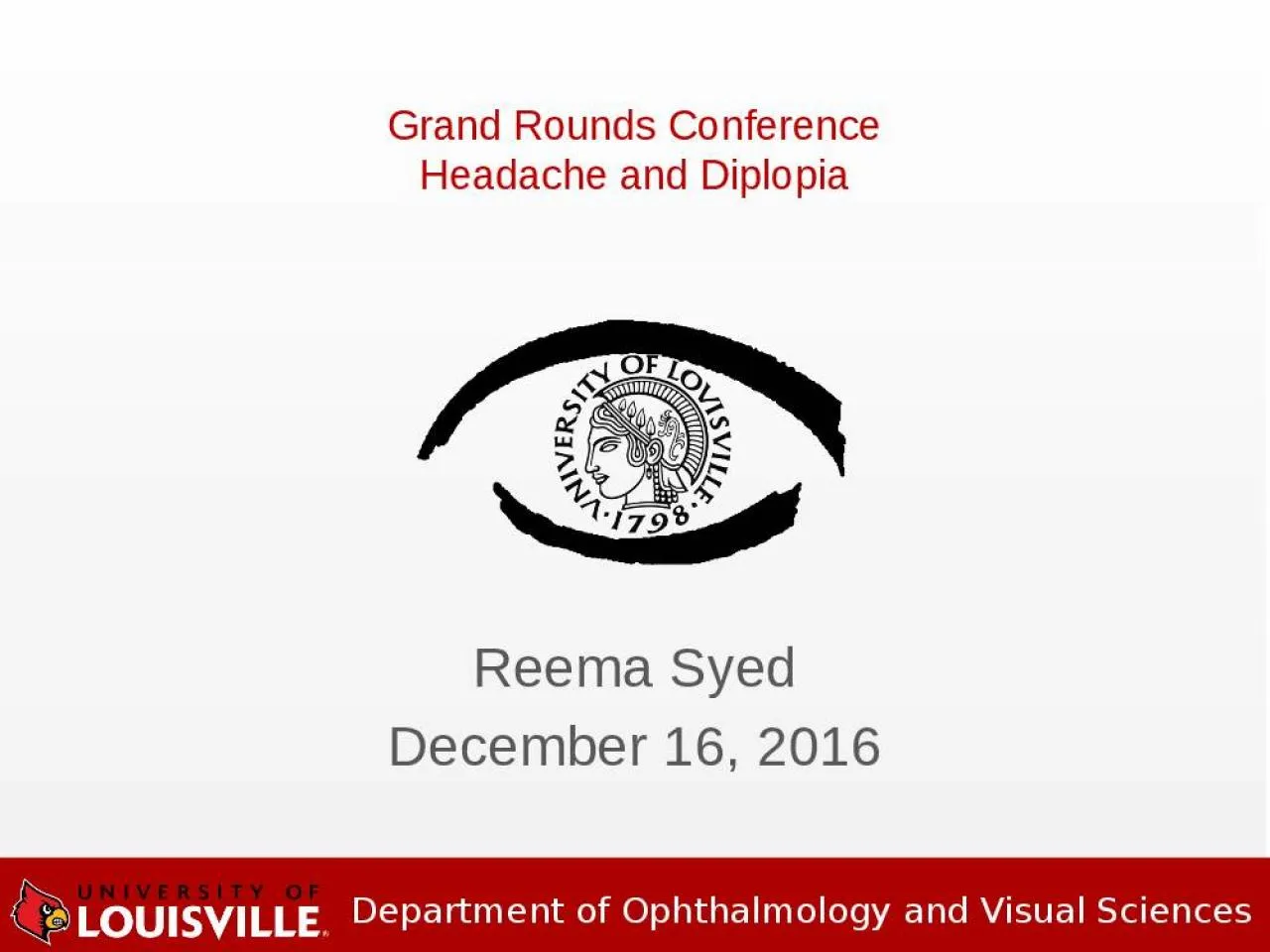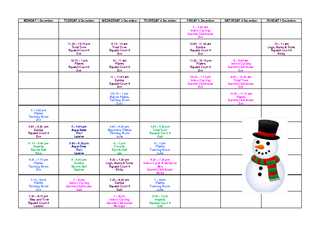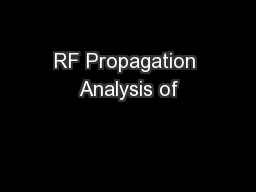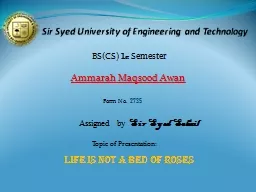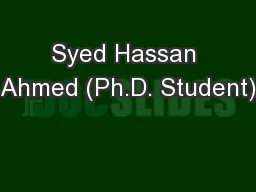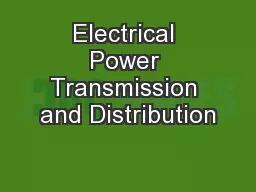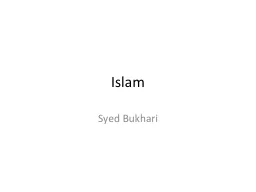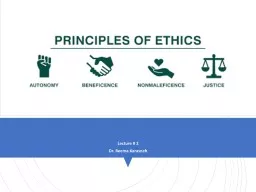PPT-Reema Syed December 16, 2016
Author : maisie | Published Date : 2022-02-24
Grand Rounds Conference Headache and Diplopia CC Leftsided headache for 2 weeks Double vision for 2 days HPI 24 yr o female with worsening achy left frontal and
Presentation Embed Code
Download Presentation
Download Presentation The PPT/PDF document "Reema Syed December 16, 2016" is the property of its rightful owner. Permission is granted to download and print the materials on this website for personal, non-commercial use only, and to display it on your personal computer provided you do not modify the materials and that you retain all copyright notices contained in the materials. By downloading content from our website, you accept the terms of this agreement.
Reema Syed December 16, 2016: Transcript
Download Rules Of Document
"Reema Syed December 16, 2016"The content belongs to its owner. You may download and print it for personal use, without modification, and keep all copyright notices. By downloading, you agree to these terms.
Related Documents

